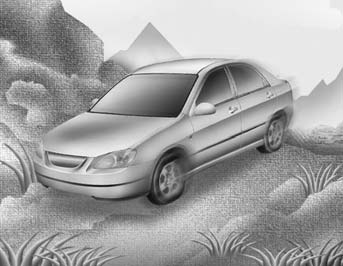Hazardous driving conditions

When hazardous driving conditions are encountered such as water, snow, ice, mud, sand, or similar hazards, follow these suggestions:
• Drive cautiously and allow extra distance for braking.
• Avoid sudden in braking or steering.
WARNING - ABS
Do not pump the brake pedal on a vehicle equipped with ABS.
• If stalled in snow, mud, or sand, use second gear. Accelerate slowly to avoid spinning the drive wheels.
• Use sand, rock salt, tire chains, or other non-slip material under the drive wheels to provide traction when stalled in ice, snow, or mud.
WARNING - Downshifting
Downshifting with an automatic transaxle, while driving on slippery surfaces can cause an accident. The sudden change in tire speed could cause the tires to skid. Be careful when downshifting on slippery surfaces.
See also:
Fuses
A vehicle’s electrical system is protected from electrical overload damage by
fuses.
This vehicle has 2 fuse panels, one located in the driver’s side panel bolster,
the other in the engine comp ...
Driving in the rain
Rain and wet roads can make driving dangerous, especially if you’re not prepared
for the slick pavement. Here are a few things to consider when driving in the rain:
• A heavy rainfall will make it ...
Tire traction
Tire traction can be reduced if you drive
on worn tires, tires that are improperly
inflated or on slippery road surfaces.
Tires should be replaced when tread
wear indicators appear. To reduce the
...


